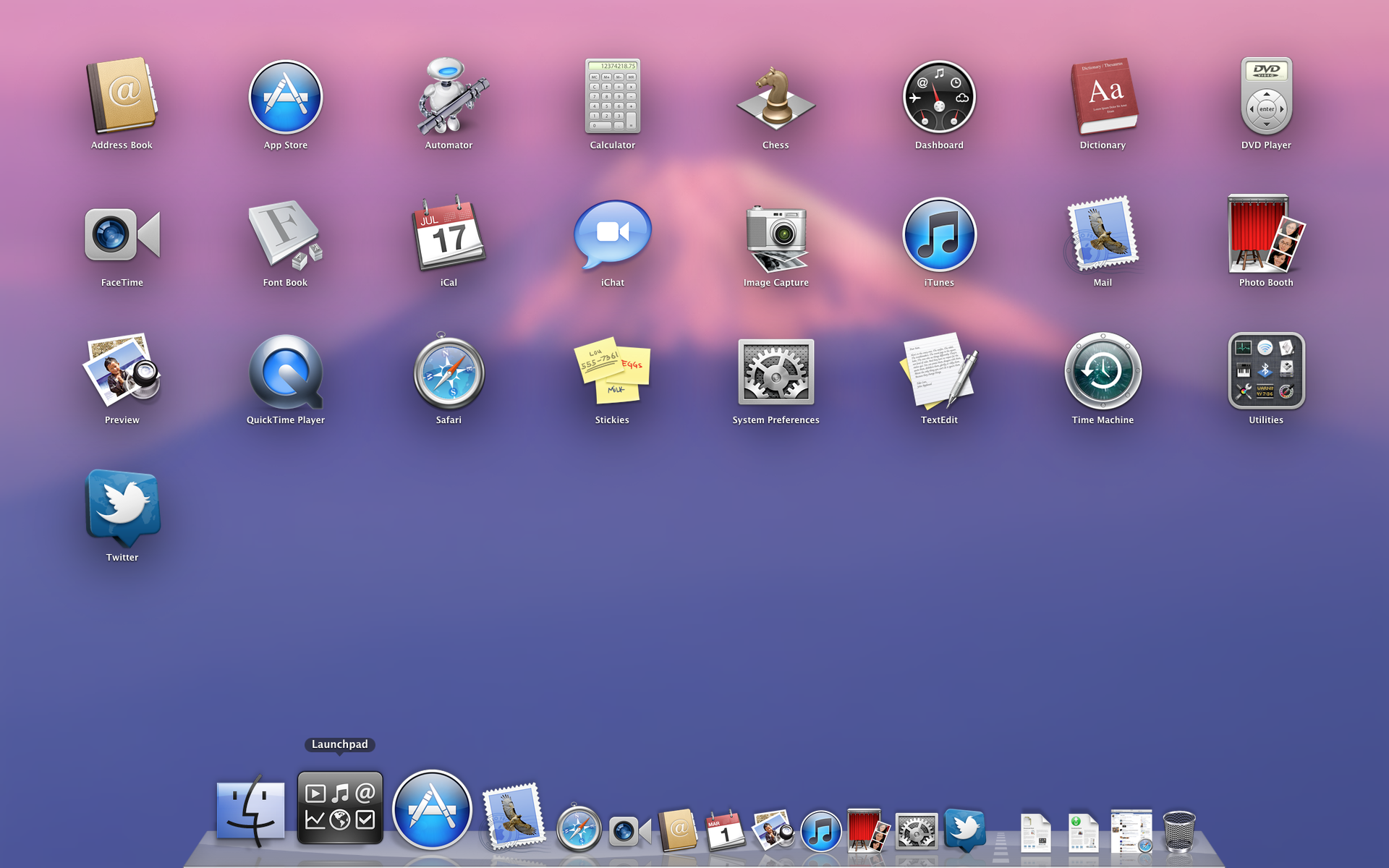Rufus For Mac Osx
 What is the name of the program that manages wireless network connections for mac os x. Ensuring that a Hybrid MBR is not used Huge thanks to Rod’s post from the superuser post titled. Once you add a FAT32 partition with either Boot Camp Assistant or Disk Utility, your disk is converted into a hybrid GPT / MBR disk which is actually not supported by newer versions of Windows. In this step, we revert this additional change made by Disk Utility by switching back to a pure GPT partition table. • Dowload the latest version of by browsing to the version, then gdisk-binaries and clicking the file with the *.pkg extension (e.g. • Install GPT fdisk by running the installer you downloaded • Open a Terminal and check the state of your MBR. Sudo gdisk /dev/disk0 If your MBR partition is set to hybrid, please continue with step 4, otherwise if it is set to protective, you may skip the rest of this section. Simply type q and hit return to exit GPT fdisk.
What is the name of the program that manages wireless network connections for mac os x. Ensuring that a Hybrid MBR is not used Huge thanks to Rod’s post from the superuser post titled. Once you add a FAT32 partition with either Boot Camp Assistant or Disk Utility, your disk is converted into a hybrid GPT / MBR disk which is actually not supported by newer versions of Windows. In this step, we revert this additional change made by Disk Utility by switching back to a pure GPT partition table. • Dowload the latest version of by browsing to the version, then gdisk-binaries and clicking the file with the *.pkg extension (e.g. • Install GPT fdisk by running the installer you downloaded • Open a Terminal and check the state of your MBR. Sudo gdisk /dev/disk0 If your MBR partition is set to hybrid, please continue with step 4, otherwise if it is set to protective, you may skip the rest of this section. Simply type q and hit return to exit GPT fdisk.

Popular Alternatives to Rufus for Mac. Explore 8 Mac apps like Rufus, all suggested and ranked by the AlternativeTo user community. Rufus for Mac OS X: Comments See what people say about this set of alternatives to Rufus for Mac OS X and leave your own opinion. Guest, 3 years ago. Qm software for mac. I want to make a USB stick bootable so I can install Win 7 to a bootcamp partition. BC is supposed to have an option to produce such a USB drive from the Win 7.iso or DVD, but on my system that.
Samsung adb for mac 2018. Samsung Galaxy S9 USB Drivers for Mac. It is really easy to connect the Samsung Galaxy S9 internal storage and SD card storage to a Mac. All thanks to a small utility by Google that allows any Android device storage to work with OS X. If you have been a Google Pixel / nexus user in the past, you may know how easy it is — even for the new Galaxy S9.
Sudo hdiutil attach /Applications/Install OS X Yosemite.app/Contents/SharedSupport/InstallESD.dmg sudo asr restore -source /Volumes/OS X Install ESD/BaseSystem.dmg -target /Volumes/Untitled -erase -format HFS+ (During this step, you’ll be prompted to confirm that you want to erase the contents of Untitled. Type y and press Return.) sudo rm /Volumes/OS X Base System/System/Installation/Packages sudo cp -a /Volumes/OS X Install ESD/Packages /Volumes/OS X Base System/System/Installation/Packages sudo cp -a /Volumes/OS X Install ESD/BaseSystem.chunklist /Volumes/OS X Base System sudo cp -a /Volumes/OS X Install ESD/BaseSystem.dmg /Volumes/OS X Base System hdiutil detach /Volumes/OS X Install ESD You now have a bootable Yosemite install drive.
Disk Maker X
Put your Windows 7 installation disc into the Mac optical drive, and install Windows 7 on that drive. Once it is up and running (don't worry about drivers yet), follow these steps. • Run Command Prompt as administrator • Type to Command Prompt:%windir% System32 Sysprep Sysprep.exe, and hit Enter • In sysprep dialog that opens, choose “System Cleanup Action” as “Enter System Out-of-Box-Experience (OOBE)”, select “Generalize”, and select “Shutdown Options” as “Shutdown”.